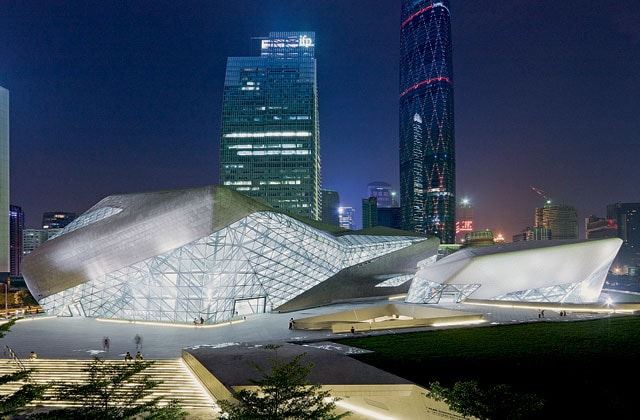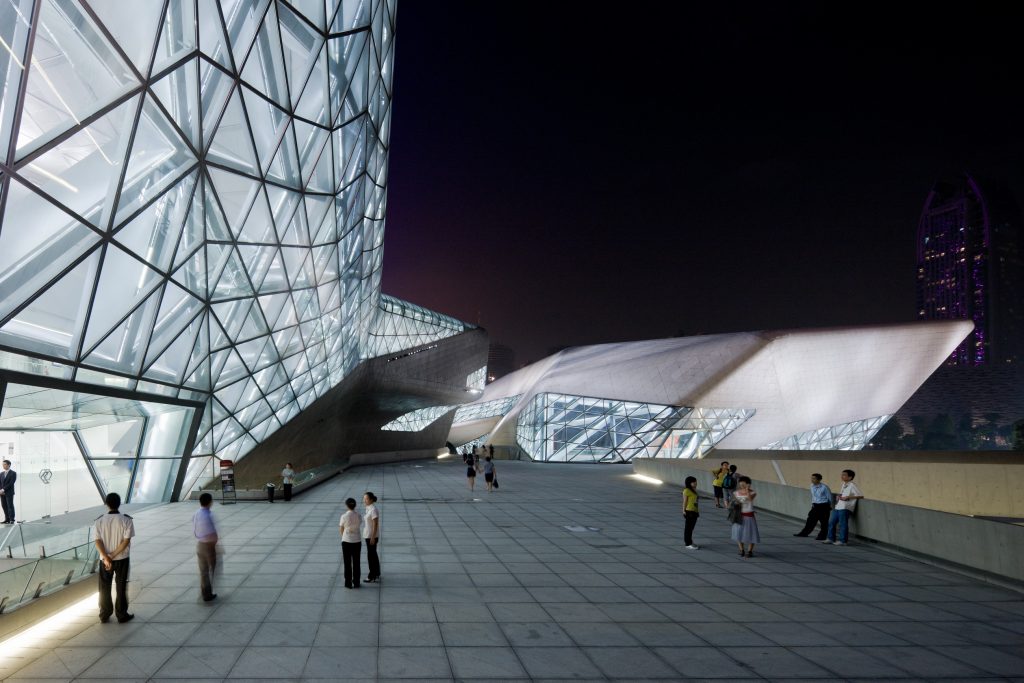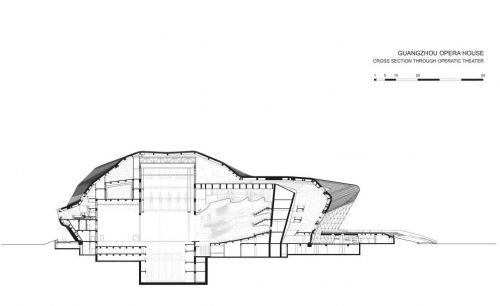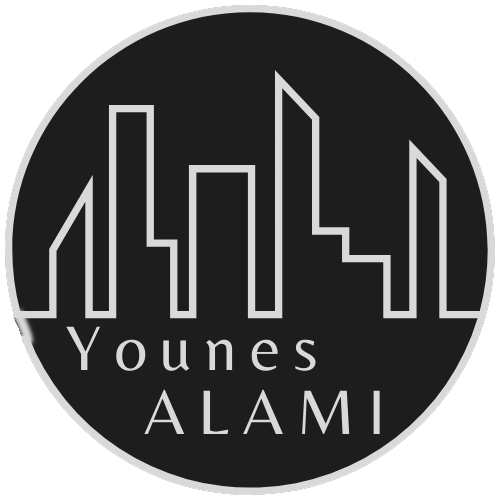For decades, opera houses have been great representations of contemporary architectural style. From Paris to Sydney each one embodies unique elements of their age;

the Guangzhou Opera House is no exception. The structure was designed by the Iraqi architect Zaha Hadid.

Shes one of the best-known figures in contemporary architecture for her attractive, high impact, versatile and evocative style.. She was the first woman to be awarded the Pritzker Architecture Prize, in 2004.
The Zaha Hadid project for the Guangzhou Opera House (GOH ), called “two stones” was the winner in the international competition that also participated Coop Himmelb(l)au and Rem Koolhaas.
The architect gave shape to this structure so that resembled two stones on the bank of Pearl River. The design of the Opera House is a unique exploration of contextual urban relationships Zaha Hadid Architects, combining the cultural traditions that have shaped the history of Guangzhou, with the ambition and optimism that will create its future.

its independent auditorium, of concrete, located within a bold exposed granite and glass, coated with a steel frame, needed over five years to build, and was praised following its initiation architecture critic Jonathan Glancey in the Guardian, who defined as “both, highly theatrical and insistently subtle”.

It has great facets of crystaline rock, the opera house rises from the urban streets. The sharp, angular glass, steel and concrete hide the rippling interior. Like the hard wingcase of a beetle hides a tender body, so the exterior hides a soft inside.

The complex of the Guangzhou Opera integrates a main room, smaller one, and numerous rehearsal spaces with a business district close to the city park.
From the park, visitors climb a ladder or follow a long ramp that diagonally past a small and secondary performance space before reaching a parking entrance, in front of the main hall. The contoured granite and glass forms create angles that jut out over the square.
The smallest room is highlighted as a dark rock retracted slightly back and to the right.

The main hall Designed by Australian acoustician Sir Harold Marshall, the “round” auditorium not only follows the asymmetric aerodynamic design of Zaha Hadid, it also makes a 1.6 second reverb and acoustic perfection equally receiving the 1,804 seats room, including 117 in the pit.
The seats are arranged in a slightly asymmetric pattern that surrounds the stage on three sides, with undulating balconies cascading down the front of the stage. The concave roof is crossed by thousands of small lights, so that when the main lights go out, before a performance, the feeling of being under the dome of a clear night sky is perceived.
The glittering light of the ceiling and the acoustic design, make this site perfect for its purpose as a centre for opera.






